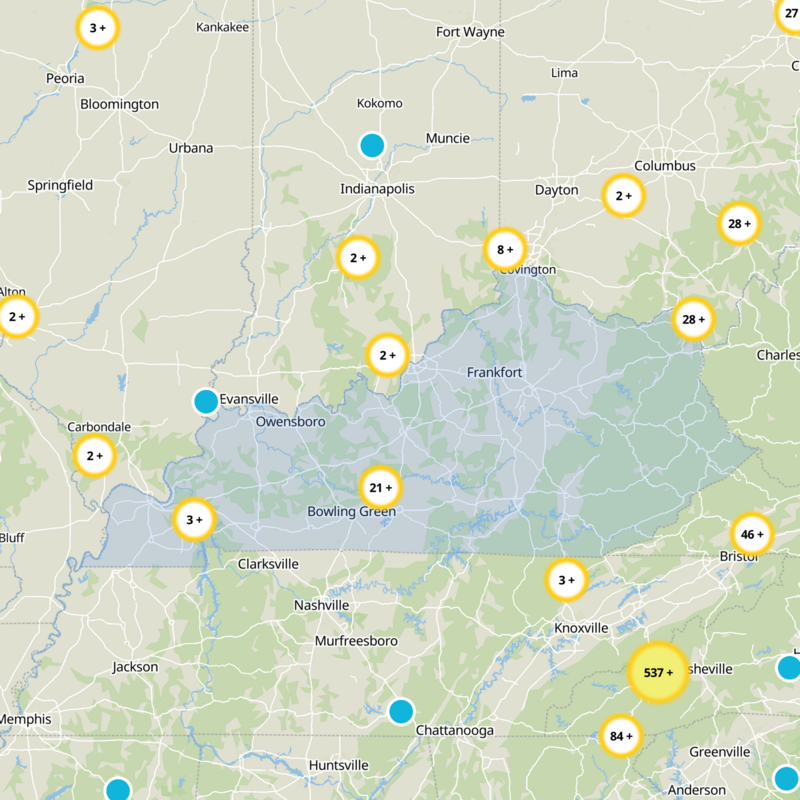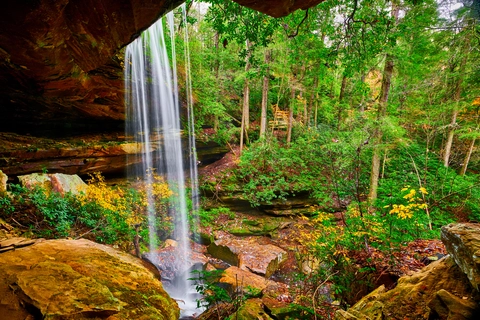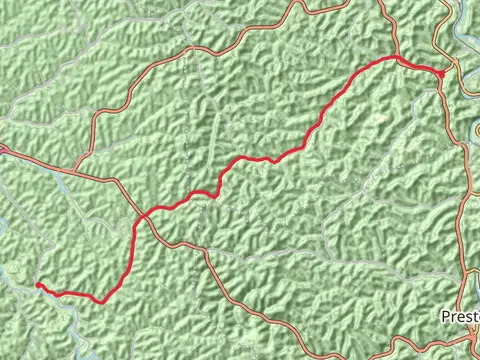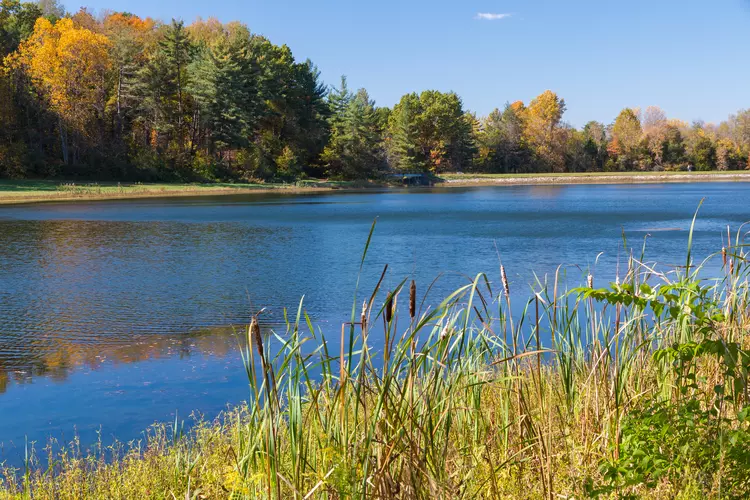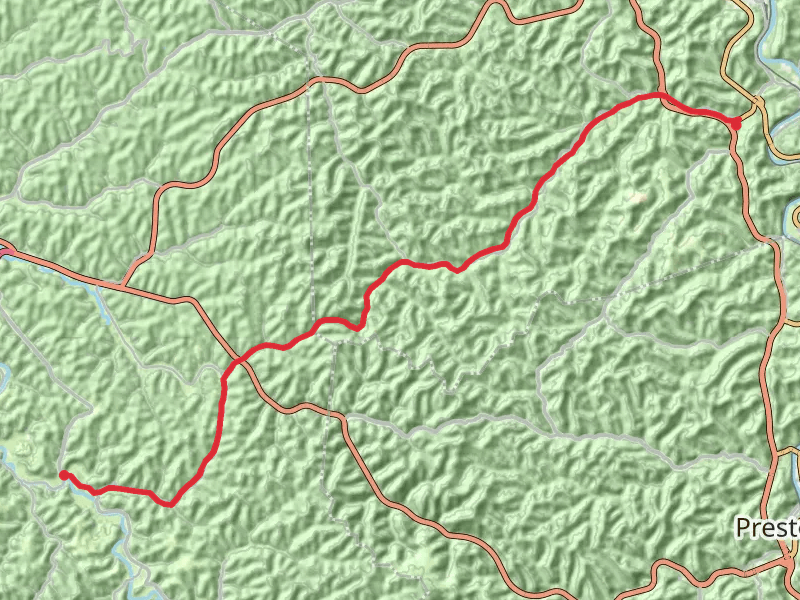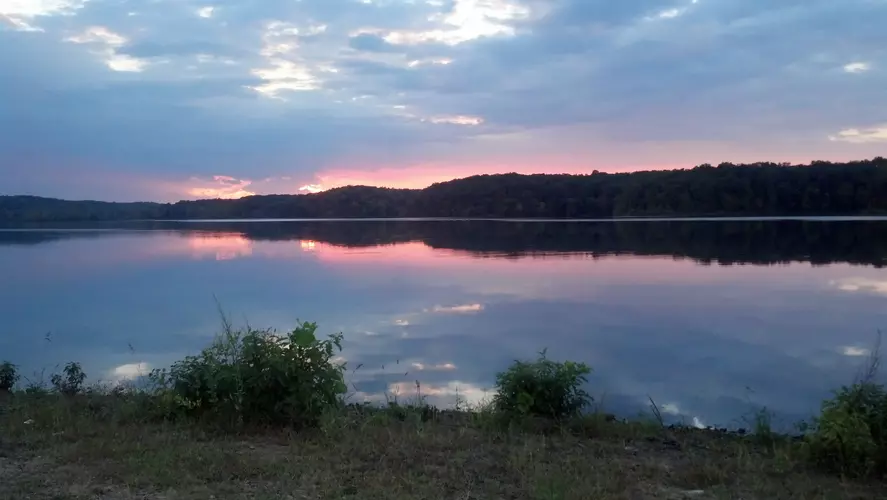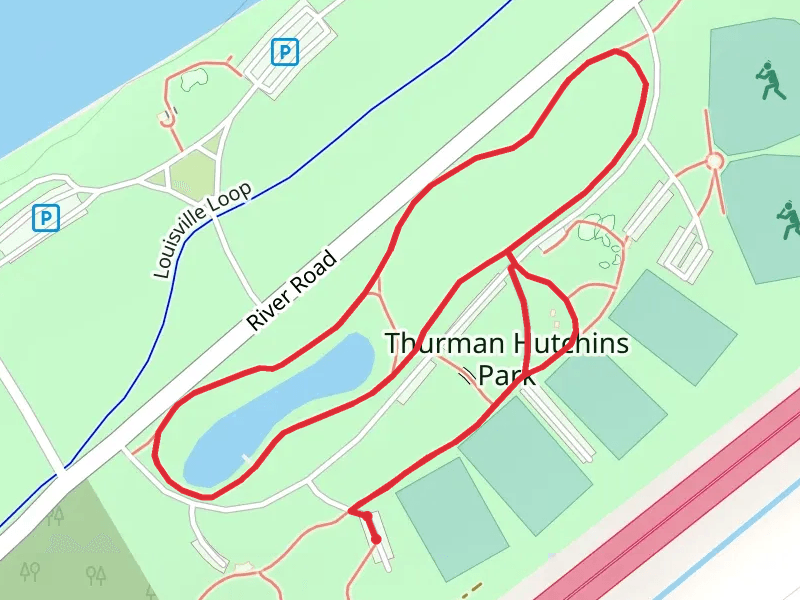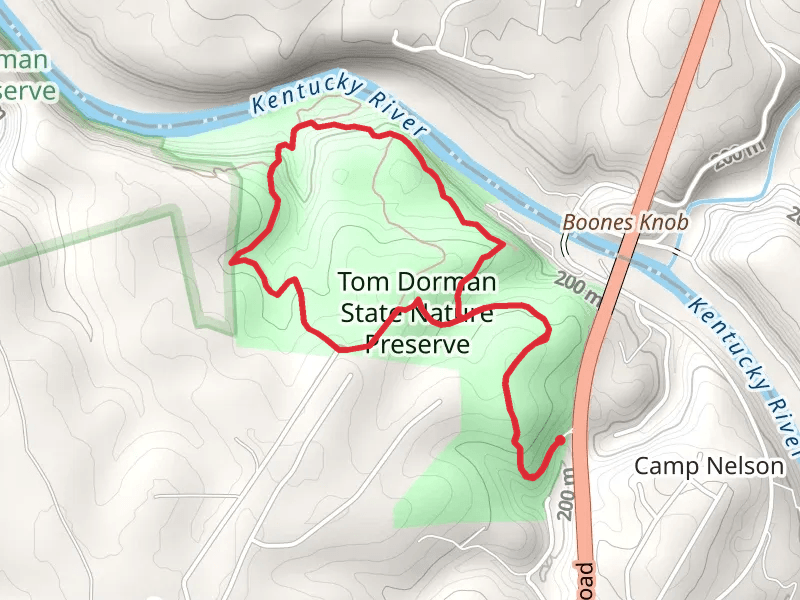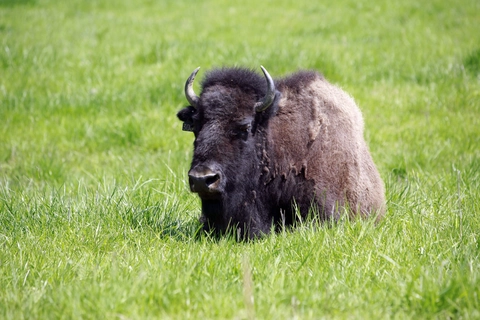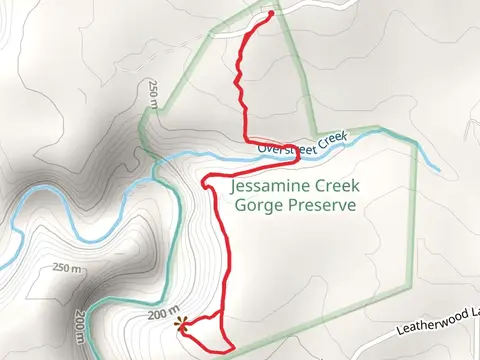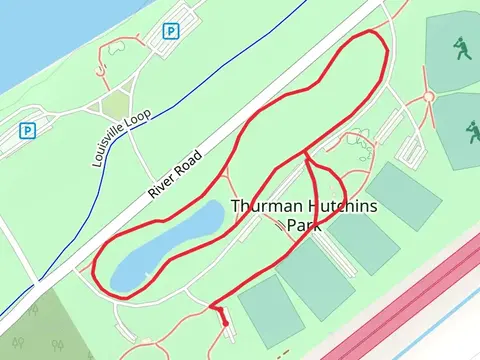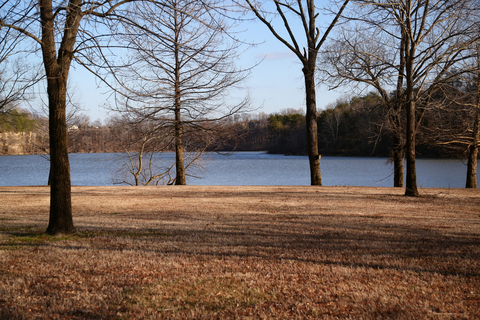"Kentucky's trails unveil stunning landscapes and hidden gems, offering unforgettable adventures for hiking enthusiasts."
Kentucky's trails offer a mesmerizing blend of natural beauty and adventure, perfect for any hiking enthusiast. Explore the Red River Gorge, where sandstone cliffs and natural arches create a breathtaking landscape. Traverse the lush forests of Daniel Boone National Forest, where diverse wildlife and serene streams await. Don't miss Cumberland Falls, the "Niagara of the South," with its stunning moonbow. Each trail in Kentucky promises unique vistas and unforgettable experiences, inviting you to discover its hidden gems.
Most popular hikes
FAQs about hiking in Kentucky






